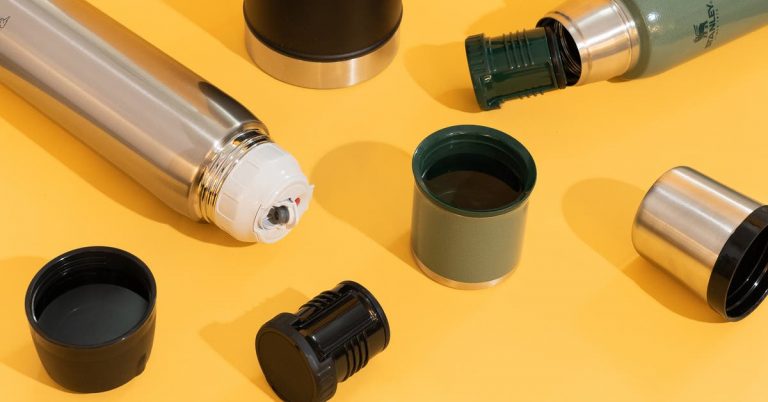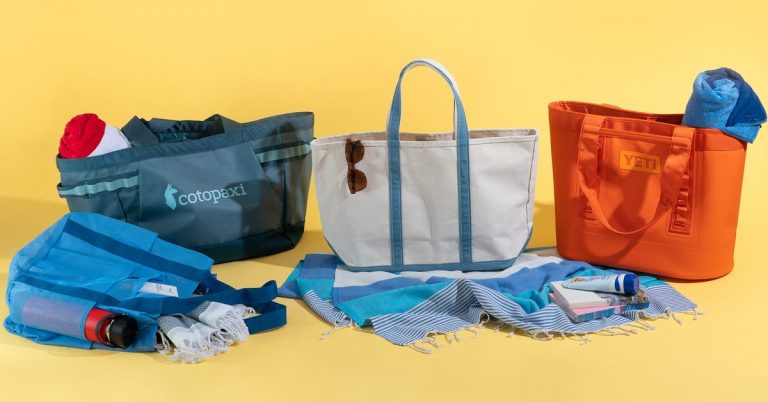The 3 Best Soldering Irons of 2025
Soldering irons
We skipped basic pencils that plug directly into a wall socket and don’t provide adjustable temperature because adjustable pencils offer more versatility and are still affordable. We also skipped cordless irons, which are useful for their portability but require trade-offs that aren’t worth making for beginners: They heat up more slowly, consume batteries quickly, and can damage delicate electronics. Butane-powered soldering torches are prized for their portability and high heat, especially for jewelry metalwork, but they’re too difficult to use for beginners.
We tried two smart soldering irons: the Pinecil V2 and the Uy Chan TS101. These are standalone irons without a connected station that regulate their heat via internal computers, which can be adjusted and fiddled with if so desired.
In our testing, they were quick to come to temperature, and we found their ability to use USB-C laptop power banks interesting, but their temperatures fluctuated a lot more than conventional stations. They also got warmer in the hand than conventional irons.
In general, irons like our picks are better for extended soldering sessions at a bench or table, but these newer models could be useful for smaller jobs in tight quarters — say, when working on car electronics.
IFixIt’s FixHub Portable Soldering Station is another take on a smart, portable soldering iron. It’s quick to heat up, maintains temperature well, and has a sleek and simple design. But it costs $250, as of this writing, with the bundled power bank — about $130 more than our upgrade pick — and it uses proprietary tips only. You can get the iron itself for around $80, but without the power bank (which houses the iron’s physical controls), you have to connect it to a computer and use a web interface to adjust temperature — and of course you’ll have to provide your own USB-C power source. This iron still might be worth it if you know you’ll need the added portability it affords, but most beginners will be more than happy with a more affordable, less portable model.
The Yihua 939D+ III EVO is a 110-watt station with a bevy of accessories like helping hands and an illuminated magnifying glass. Its center temperature control knob is simple and easy to set the temperature with and the display is bright and easy to read. However, in our testing the display would say it was fully heated to 700 °F in about 40 seconds, but it wouldn’t immediately melt the solder we were using. Instead it took about a minute to start working properly. It also seemed to lose heat quickly when soldering, despite the displayed temp never dipping.
The Yihua 926 III is a 60-watt station that, like its more expensive counterpart, has a loose relationship between the temperature reading on the display and how hot the iron is. The station itself is also quite light, meaning it almost always slid around while using the iron.
Now that we are confident in the X-Tronic Model 3020-XTS’s long-term performance and availability, we no longer recommend the Weller WLC100 as a runner-up pick. It took more than four minutes to heat up in our tests, and it lacks a digital display. This model also has a bulky handle, though it’s designed in a way that prevents your hand from slipping down and touching the hot part of the iron.
The Weller WE1010NA is a newer soldering station with two popular predecessors. We had some difficulty connecting the soldering iron cord to the station and wondered about the connector’s build quality. The station does not feel as solid as the Hakko FX-888D, either. Still, we plan to keep an eye on the WE1010NA to see if reviews indicate that it performs just as well over the long term as Weller’s former models in the $100 range. We liked a lot about it — it was the most comfortable model we tested and the fastest to heat up at 28 seconds.
The popular Hakko FX-600 Soldering Iron got a bit warm during soldering, felt less comfortable to hold due to a lack of padding, and doesn’t come with a stand or accessories. The FX-600 is also difficult to obtain from a reliable retailer. We did find that it heated up quickly, held its temperature well, and produced one of the highest maximum temperatures.
The Atten SA-50 is a bit larger and warmer than the most comfortable irons we tested. It performed okay on the Larson Scanner Kit but didn’t stand out against other models.
The Weller SP40NKUS is solidly made, comes with extra trips, and has a built-in light that we found useful for illuminating small electronics components. However, it lacks temperature controls; we measured its tip at 531 °C, far hotter than the 371 °C (700 °F) we prefer for electronics soldering. It also had one of the slowest heating times.
In our tests, the Xytronic 258 had a long heat-up time and a low maximum temperature. In addition, its handle was plain, with no padding or ergonomic features, and the included tip — a small chisel shape — was a bit too large for the Larson Scanner Kit.
Stands
The 6.5-ounce Elenco WeMake Soldering Iron Stand is cheap, but it’s so light that it has a tendency to skate around a work surface if you’re not gentle about replacing the soldering iron.
This article was edited by Ben Keough and Erica Ogg.






